
Q: The cover of the November 2025 issue of Model Railroader shows the signals for the west end of the Veedersburg, Ind., siding. The signal for entering the siding has no middle head so the best it could display is slow clear, but the signal for leaving the siding has a middle head and only […]
Read More…
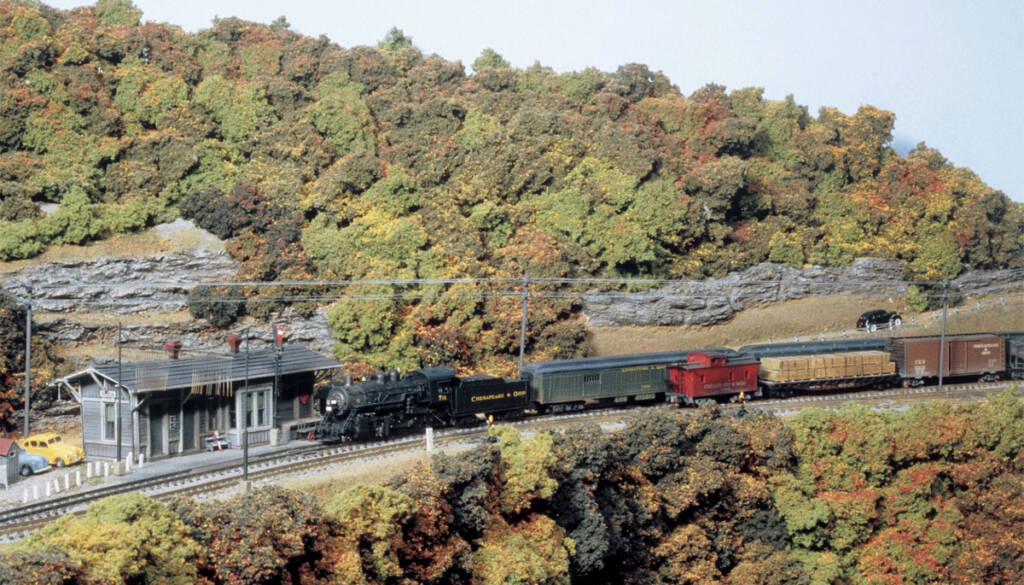
When I first started work on my layout, I built wood and plastic structure kits. I quickly grew frustrated with these buildings as few of them represented those found in Appalachia and along the Chesapeake & Ohio. Considering the lack of accurate building available on the marktet, I began scratchbuilding my own structures from wood […]
Read More…
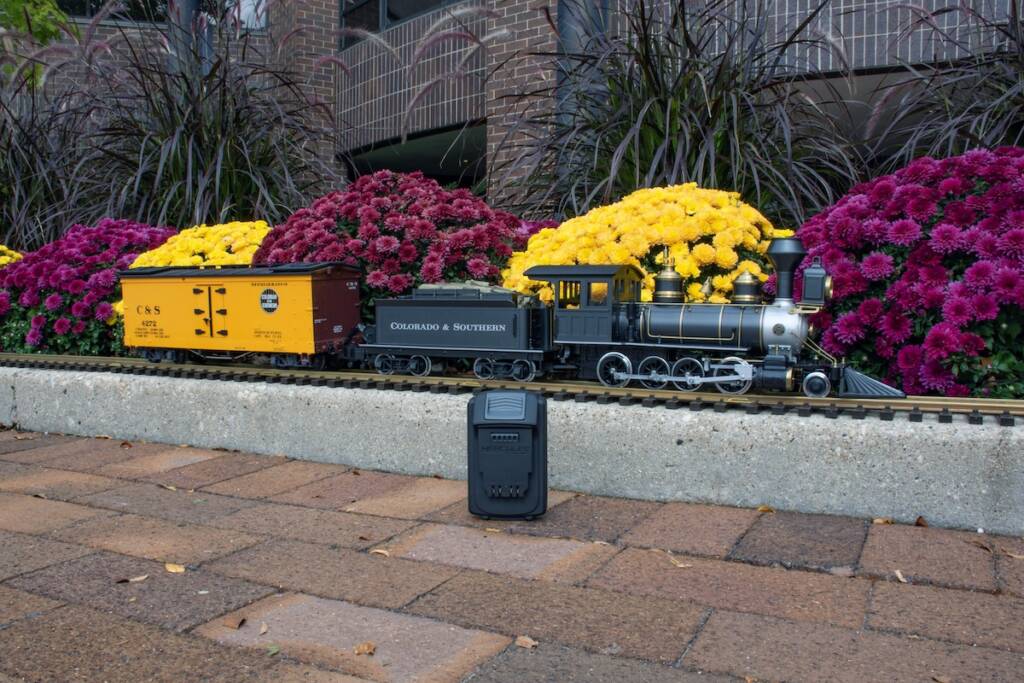
I never thought I’d get serious about Large scale (G gauge) model railroading, but here I am. This past summer, I successfully bid on a 1:22.5-scaled C-16 2-8-0 in Colorado & Southern livery at an online auction. This model, from the 1989 product line of the former Delton Locomotive Works (before its tooling went to […]
Read More…
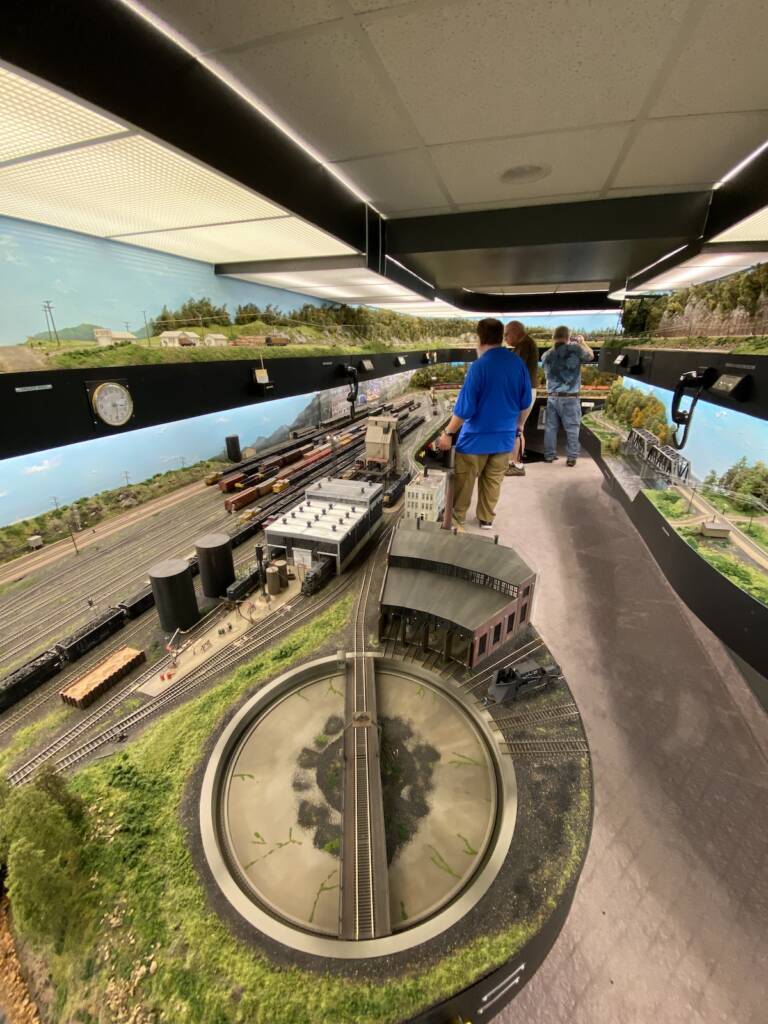
Open houses, whether at model railroad clubs or private home layouts, offer fantastic opportunities to connect with fellow modelers and share the hobby. It’s also a joy to see what makes a layout tick and how one differs from another. While hosting an open house requires careful planning — as Arlan Tietel thoroughly explains in […]
Read More…
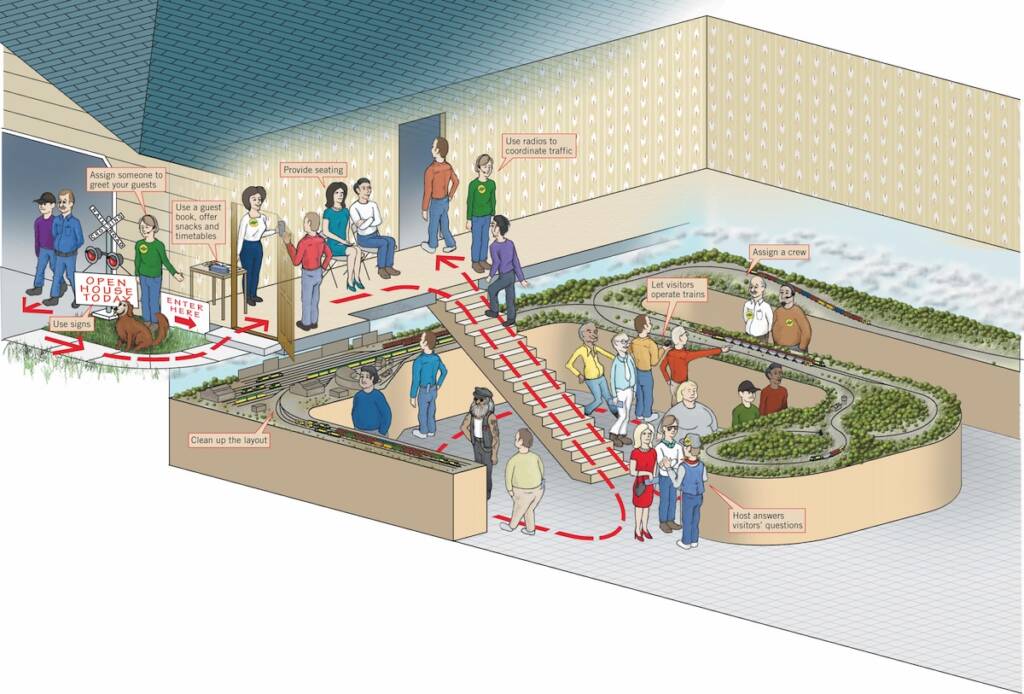
This article was originally published in the November 2002 issue of Model Railroader. Hosting an open house is a great way for model railroaders to share the hobby with others. But coordinating one that people will never forget requires not only good planning, but practice. In the past two decades, I’ve hosted several open houses, […]
Read More…
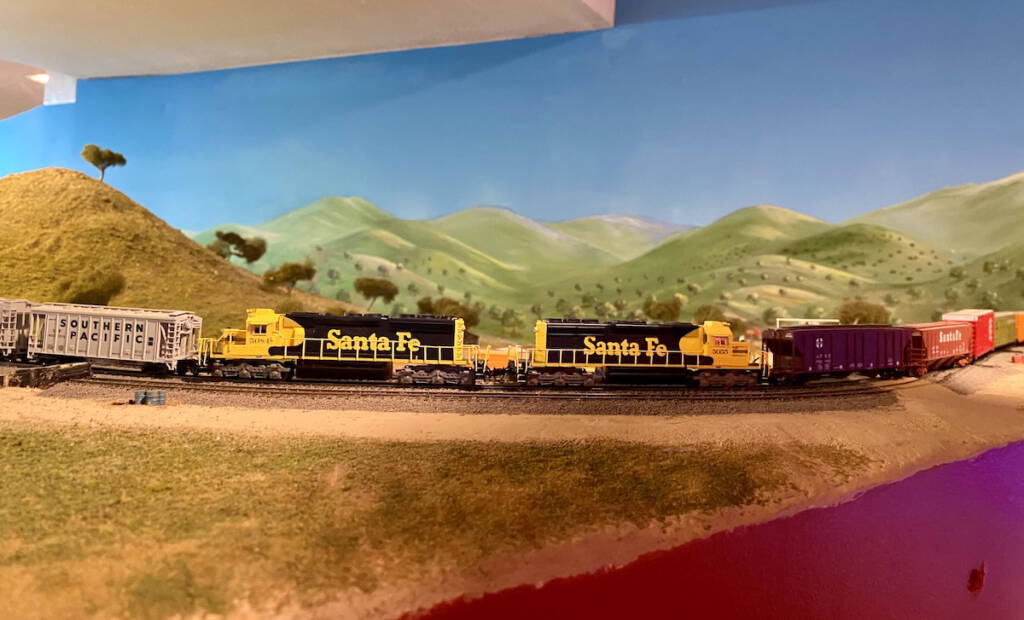
Retired Model Railroader Managing Editor Jim Kelly remains active in honing his N scale skills and craftsmanship. The result has been the fourth incarnation of his Tehachapi Pass layout. Set in 1985, both the Atchison, Topeka and Santa Fe and Southern Pacific traverse the 2% grade between Bakersfield and Tehachapi, Calif., with the famous Tehachapi […]
Read More…
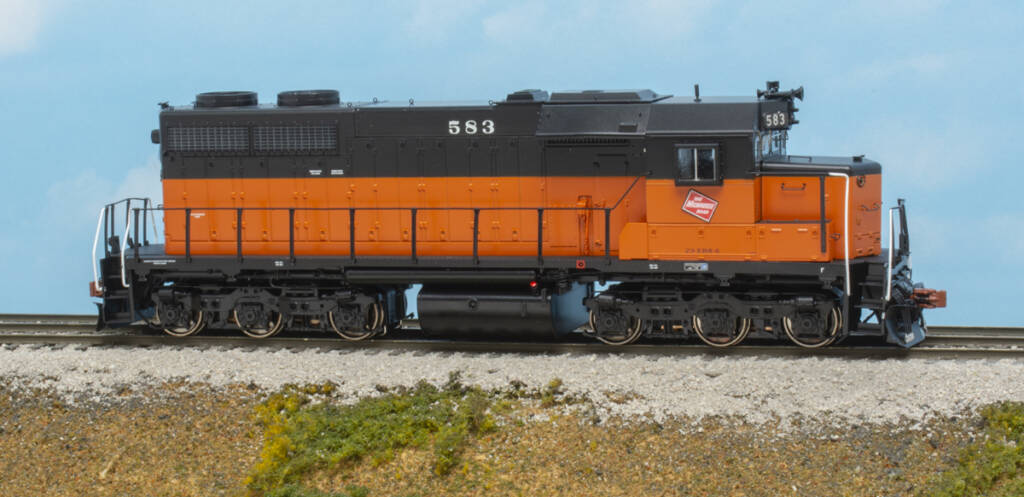
Q: In the May 2025 Ask MR, the answer to a question about early diesel power for the Milwaukee, Racine & Troy included this statement: “For road power, the MR&T would most likely turn to four-axle units, such as the Alco RS1 through RS3 and EMD GP7 and GP9. It’s possible the MR&T could have […]
Read More…
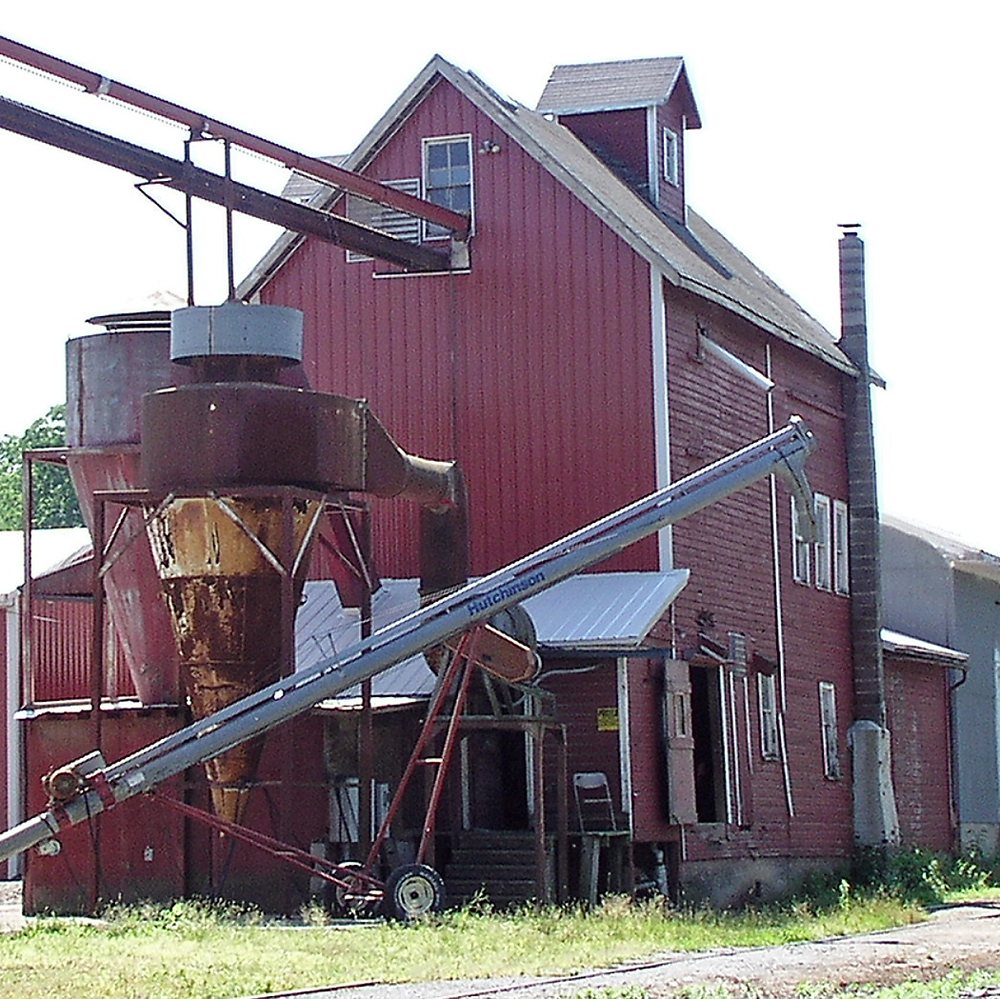
Q: In your special issue Best of Industries, Harold W. Russell wrote about the R.B. Crowell & Son Grain Co. He stated that the rail-served industry received grain in bulk loads, but in the photos and drawings it seems to me that they would ship grain instead of receiving it. What are your thoughts? — […]
Read More…
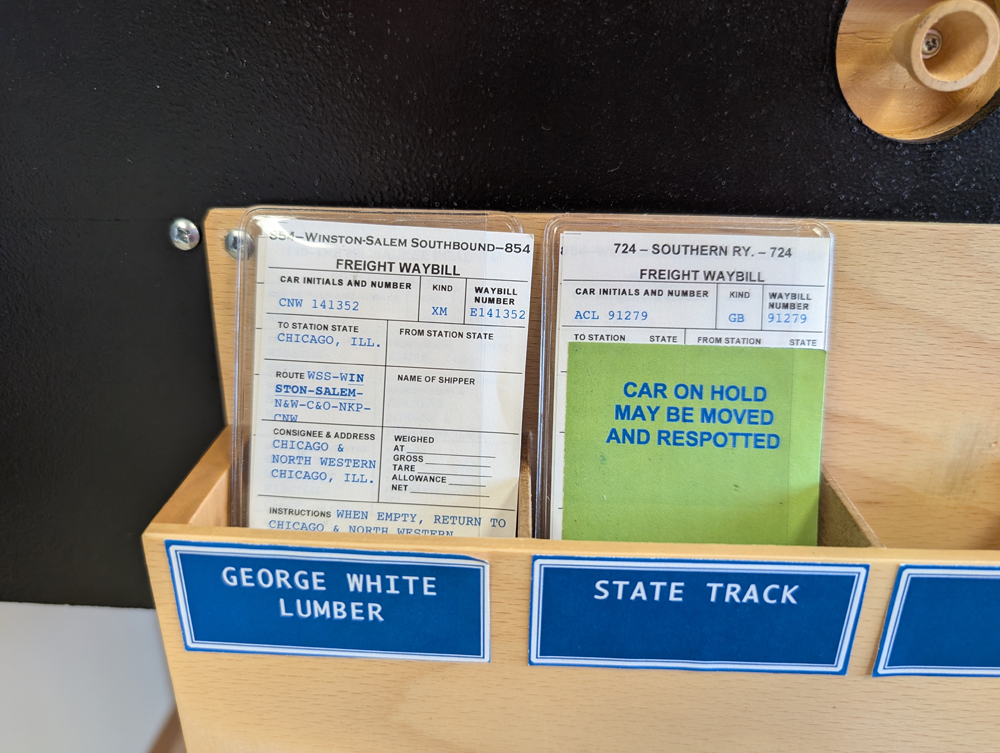
When we moved to our new office in Brookfield, Wis., one of my favorite aspects of this new space was the workshop area. Not only do we have plenty of space for modeling and layout building, but we have just enough space for the Winston-Salem Southbound layout to sit next to our workbenches. One day […]
Read More…
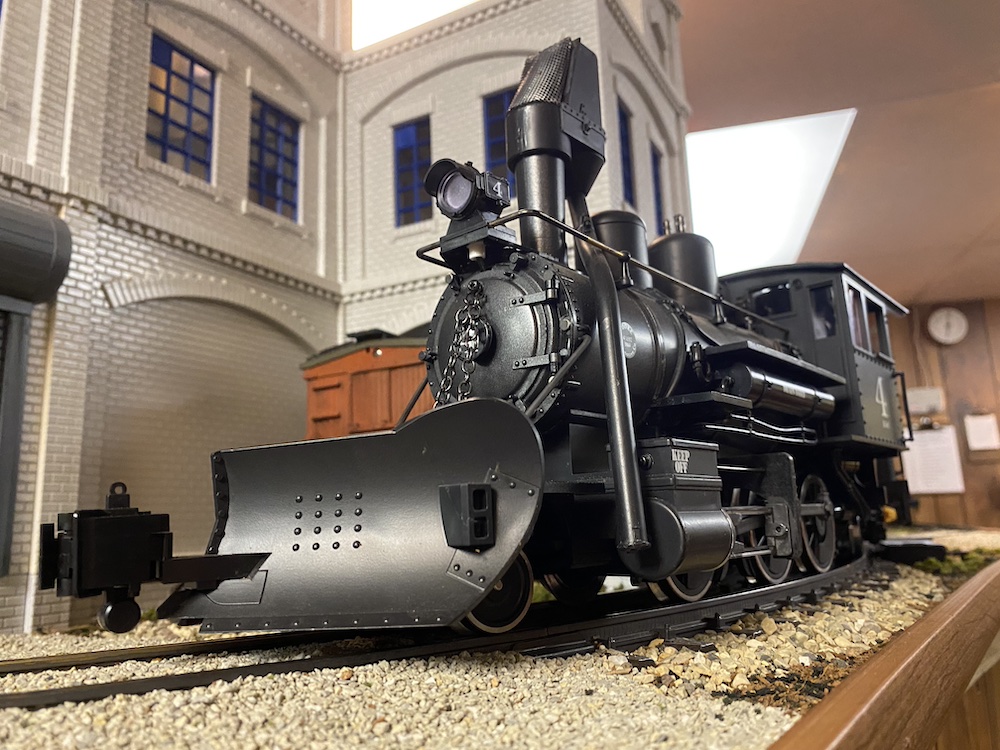
Ken Rodig’s Gunnison City Old Town Line layout is fascinating for many reasons. The 22 x 36 Gn3 (1:22.5 proportion) model railroad was built on the benchwork of his former HO scale Ironwood System. The indoor large scale layout is set in southwestern Colorado and features industrial narrow gauge railroading in the 1950s. Steam locomotives of […]
Read More…
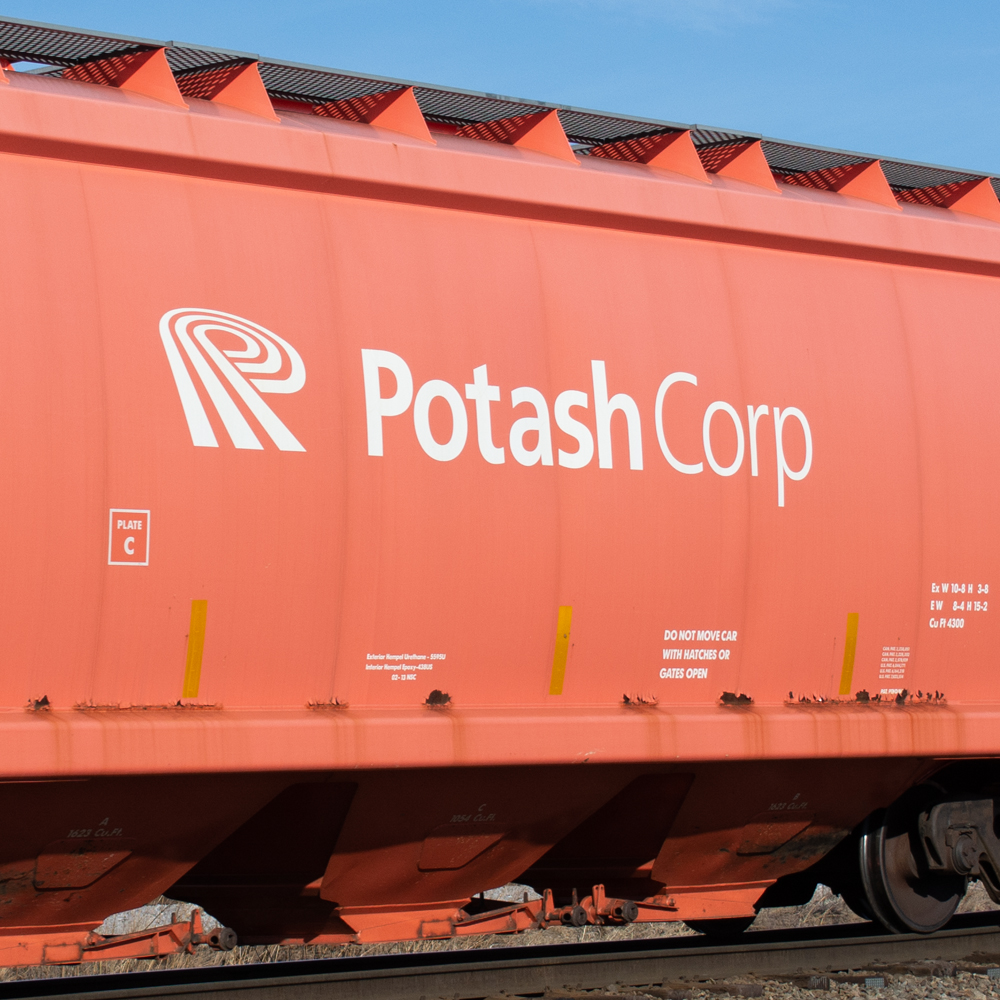
Q: I have a question about one of the articles in your special issue Best of Industries. On page 16, Rich Cobb wrote about a fertilizer blend plant. Can you tell me what kind of loads a plant like this would receive? — Markus Russ A: We released that special-interest publication in 2021, so I […]
Read More…
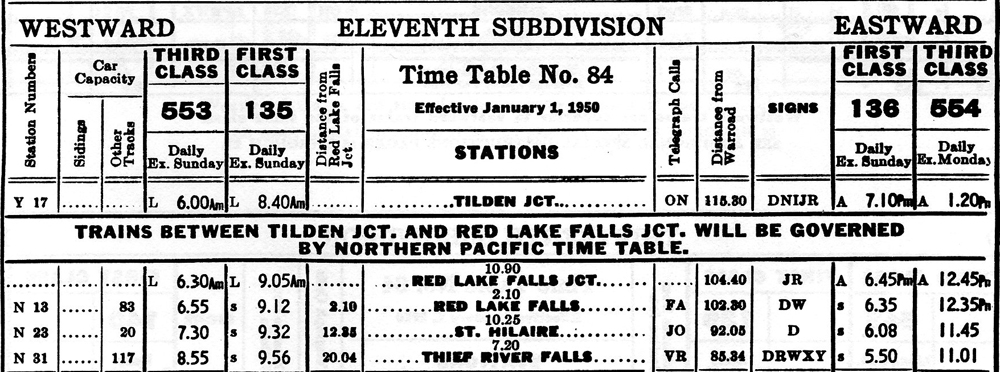
Q: I’m currently planning a layout that features several railroads, including a mythical short line that has to use running rights with the larger railroads. How would these running rights work in regards to timetables and train orders? And how would clearance cards be issued? Would there be a clearance card issued by each road, […]
Read More…












